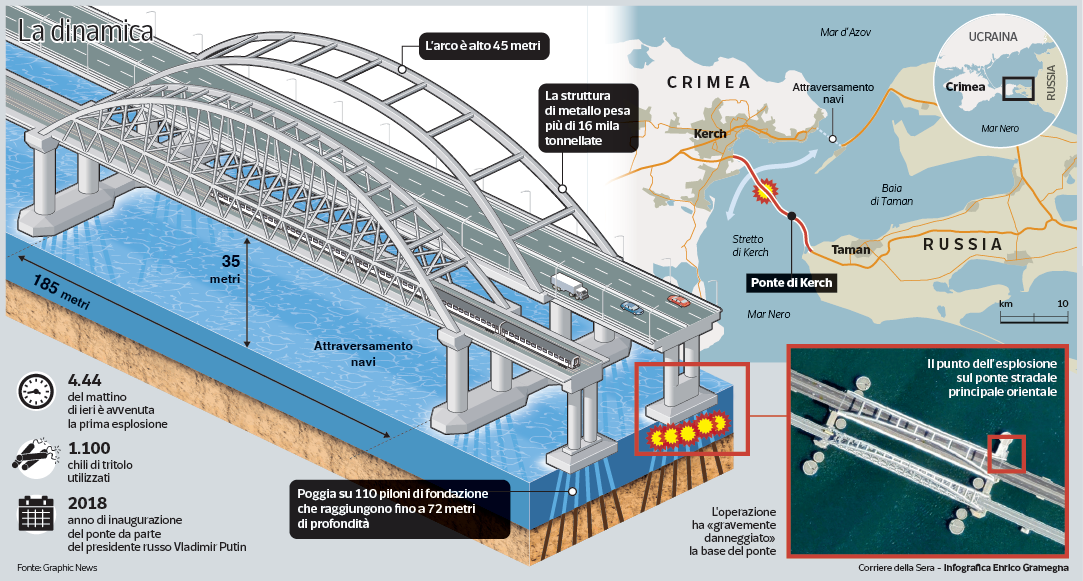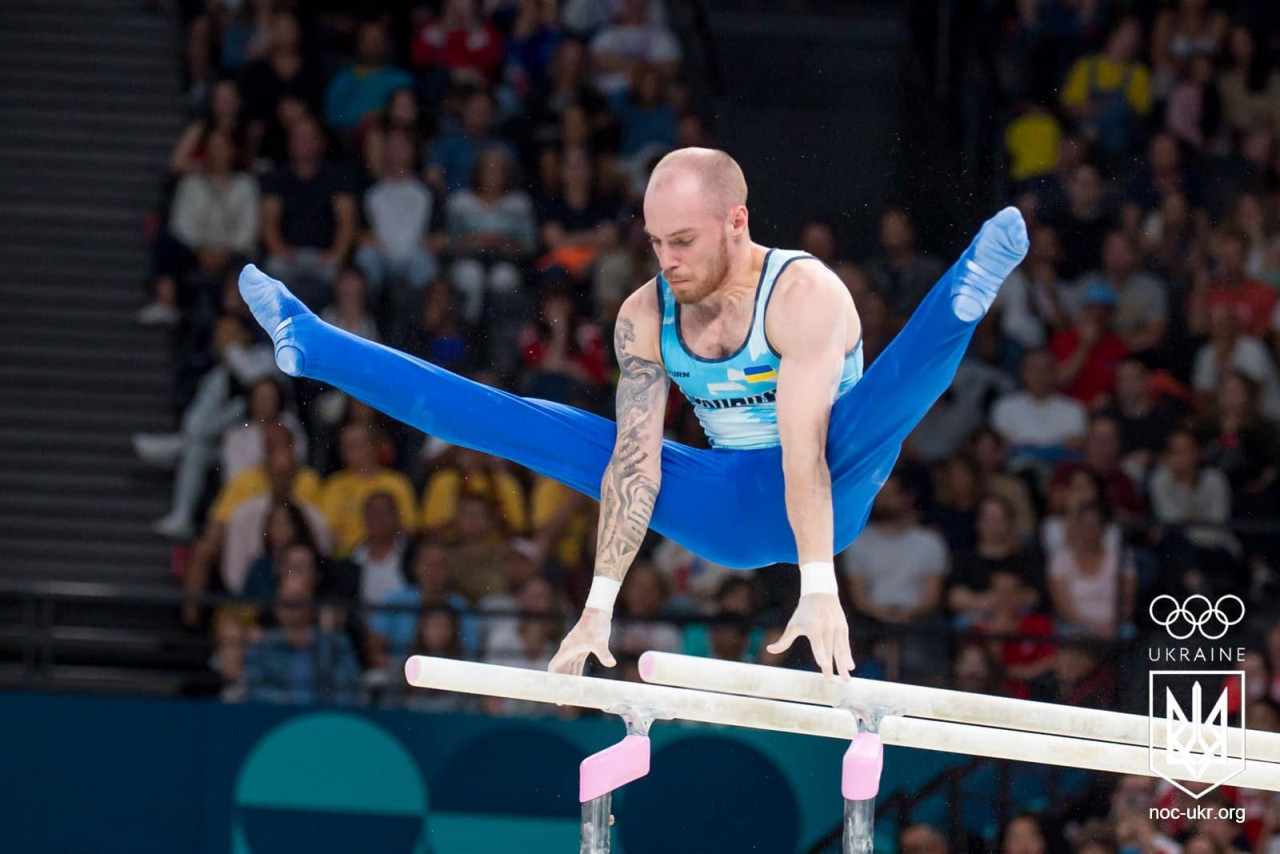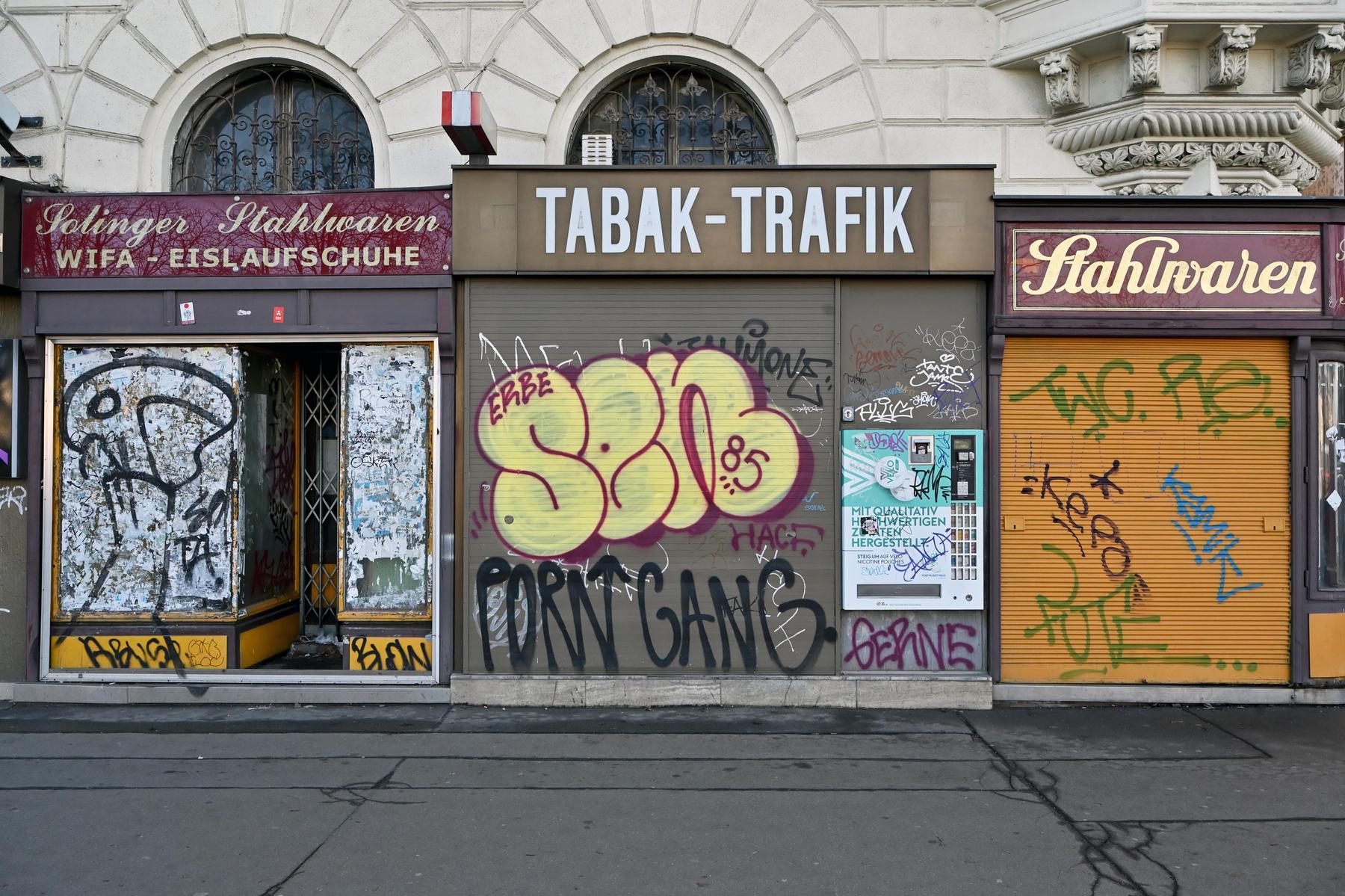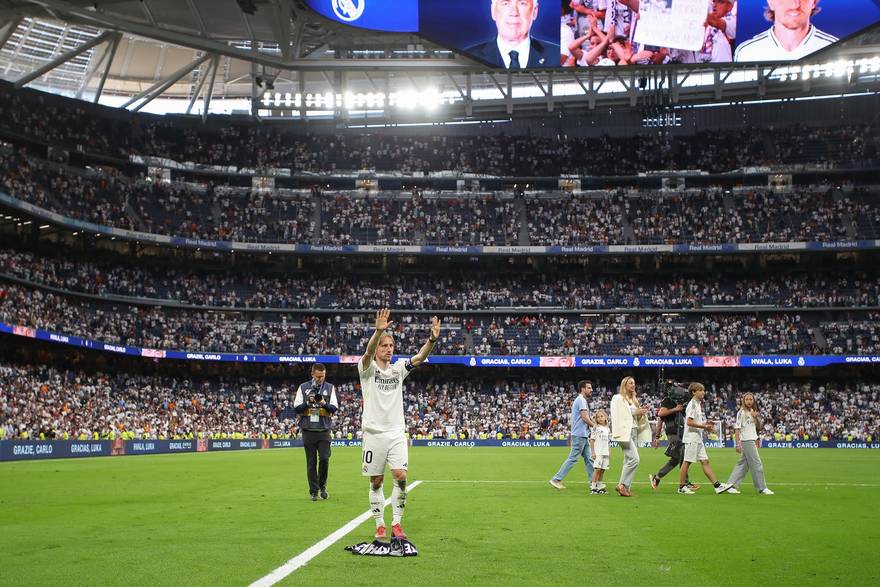Teenagence, because we talked to disproportionate (and what the trapeze theory is): it is a series about the fathers, with a question for the millennials
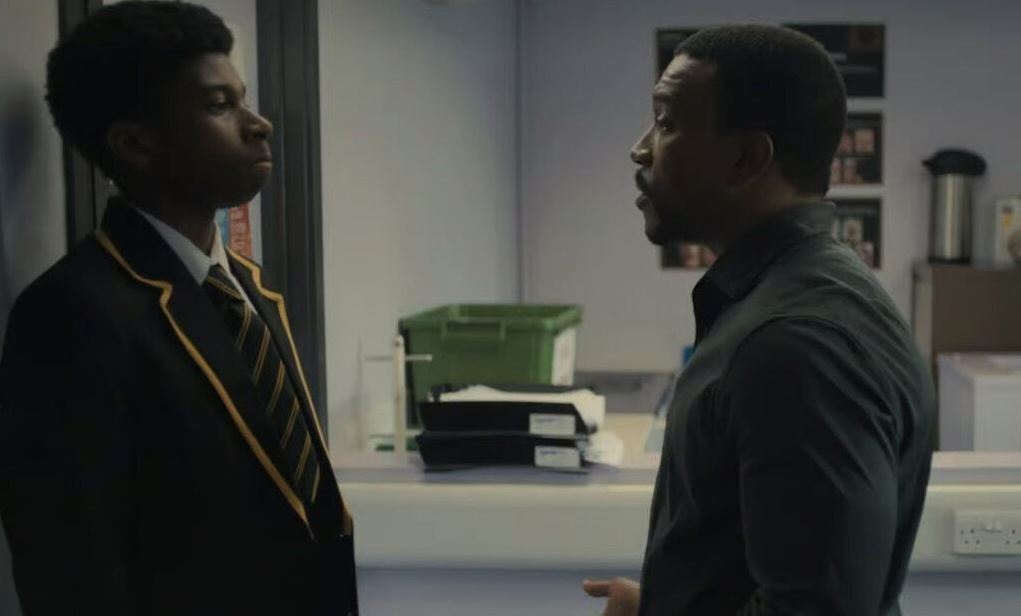
We talked about incel and sequence plans, but not the true heart of the series. Who poses the question to which they would not want to answer to the millennial fathers: are you sure you are better than your fathers?
Now that some dust has been placed on the novelty; Now that we know what Jamie did to Katie, and what they are The Menosphere and the Red Pill; Now that we can spoil (read this article after looking at the series): now, perhaps, the time has come to tell us that of Teenagencethe TV series that everyone is talking about, we talked to the disproportionate. Or rather we looked at the finger, losing sight of the moon.
We made ourselves distracting from a technical virtuosity, Those sequence plans which are also very useful for bring the viewer into the events. And from a theme, the online subculture of the « involuntary celibates » who are convinced not to belong to the category of Chad (attractive males) And therefore not to please the stages (women). A game of mirrors that has dazzled us for the combination of two factors: curiosity, because the phenomenon of the incels in Italy It is still little known and its non -decoded codesand the restlessness in discovering that yes, our children are also that stuff there.
But there is also a third reason why we focused on the incel, and not the rest. The incel allowed us to consider the story told in Teenagence «Other» from us, That we have never challenged a knife to hurt and teach our children that men and women are the same. And instead Teenagence He speaks to us and of us, all of us, understood as males and fathers of male children. What relationship do we have with them? What model do we offer him? And above all: we are really better than our fathers and fathers of our fathers, those absent, the violent ones, those who did not understand us?
According to a Pew Research study Centerthe millennial fathers dedicate to the care of children The triple of time compared to the fathers of sixty years ago. 57% consider paternity an integral part of its identity, 45% discuss the boss to balance better work and parental role. Yet this is the doubt that insinuates Teenagenceand that crosses the series from start to finish, maybe it’s not enough. Maybe we are not enough, To understand the teenagers who grew up in a world that changes at a double speed (triple, quadruple) Compared to ours.
Fathers and children male
Imagine that in the center of Teenagence There is a trapeze, with the four key characters at the top: Two fathers and two sons (The female figures are less in -depth, as indeed the victim of whom we know practically nothing). On the long side of the trapezium there are Eddie Miller and his son Jamiethe 13 -year -old accused of having killed the peer Katie. On the short side Luke Bascombe, the detective in charge of the case, and his son Adam: compared to Miller, they are less present on the screen, and certainly less central in history, But not less important.
Let’s start with the fathers. Of Eddie Miller we know that he has a small plumbing company, which is 50 years old, A wife known to 13 (exactly Jamie’s age) And two children. We know that he works so much, « from 7 in the morning to 8 in the evening ». We also know that he lives in a villa with a garden, he follows football, He keeps his van clean, he cannot stand the implicit neighbors and adores black pudding, and this is perhaps the only detail that differentiates it from Stereotype of the Italian Father Father.
We have less information from the detective Luke Bascombe. He too in fifty, also very taken from work. He has a wife who forces him to eat apples, despite provoking him stomach acidity, And a 15 -year -old son « with whom I have not been talking for two months ». At the time of the school he wore Afro hair and was very popular. What else? Judging from the swollen biceps, underlined by the adherent t-shirt, It is a frequent visitor to the gym: But on this we go back in a while.
The muscles and the deforming mirror
Jamie Miller, the protagonist of the series, is a boy who shows less than his 13 years. He is brilliant, good at school, But bully by his companions. He only has two friends, who are also marginalized by the group. He likes girls – his Instagram profile is full of photos of models – but he thinks he doesn’t like them. « I’m ugly, the worst » He tells the psychologist during the interview in the institute where he is locked up. And it is a phrase that strikes, because Jamie is not ugly at all: why then do you think you are?
Adam, the son of the investigator, attended the same school of Jamie and as he is the victim of the tenders around his companions. Physically resembles the father, but seen through a deforming mirror: The other, the other, long and thin, is so massive. Adam appears in a few scenes of Teenagence And its role, in practice, is to explain to the detective Bascombs what the incels are and What does the red pill emoticon mean (it is the only one who builds a bridge between two generations who do not talk, because they cannot understand each other).
The image of the trapeze takes place when, in the fourth and final episode, Eddie Miller appears on the screen in a shirt, with the biceps in plain sight. And therefore on the one hand there are the fathers, Eddie and Luke: two solid men also visually, Apparently, adequate, with a job and a family. On the other, the children, Jamie and Adam: two fragile teenagers inside and outside, inadequate, Bulfi by his companions, Reduced – this is the case of Jamie – from the girls.
Here is the answer to the first question. The ugliness of which Jamie speaks is not a real, objective ugliness, But the distance that separates him from his father, From what his father was like at 13 years old and from how his father would have liked it (Eddie himself is the one who admitted his discomfort compared to the male son unsuitable for sport). Which is then the same distance that separates it from a certain male model (The Incel Chad: tall, well placed and with a safe bead).
The adolescence ending
It is the last scenes that provide the key to reading the whole series. Sitting on the bed, Eddie vents with his wife after learning that his son will declare himself guilty. Remember his shame of dad, When he realized that Jamie was a football landslide; He admits that yes, perhaps in recent times he has lost some sight (« We thought that in that bedroom it was safe »); he despair by thinking about the promise he had made to himself: to be a parent different from his, who he took him to the strap (and then look like it ended).
In the last seconds, Eddie apologizes: « I’m sorry boy » says to Jamie’s plush, The last simulacrum that remains of his son. « I could have done better. »
In Teenagencewrote the cinematographic critic Rory Doherty, « Fathers deal, in real time, with the reduced role they have in influencing, or understanding, the behavior of their children. The series was created and directed by three men between 40 and 50 (Jack Thorne, Stephen Graham and Philip Barantini, ed) and is basically a history of middle -aged men ».
Alberto Pellai, psychotherapist of the evolutionary age goes beyond: «The series shows us a confused father, who was a confused son and who becomes a father bringing his unresolved needs to his relationship with his son. Teenagence It stages all the effort of contemporary parenting, removed from the model of previous generations but unable to generate a new one ». Raise the hand the father who did not feel, At least once, at least for a minute, Like Eddie Miller and Luke Bascombs.


